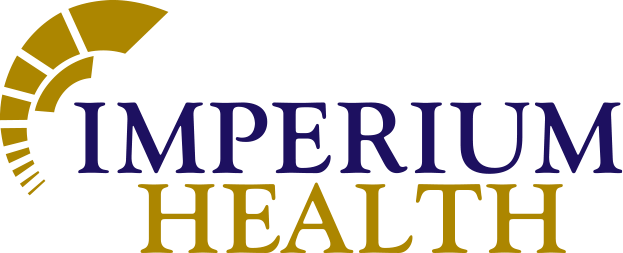Value-Based Payments
Each year, more and more American rely on Medicare. And with healthcare costs continuing to rise, demand for care is outpacing the supply. In response to these trends, and to promote greater effectiveness and sustainability, the Centers for Medicare & Medicaid Services is shifting to value-based payment models whereby providers are rewarded for improving health outcomes and optimizing cost, as compared with the traditional fee-for-service model, in which reimbursement is based on the number of tests or procedures that are performed.
MACRA and MIPS
In 2015, for the first time in its history, Health and Human Services established firm goals for transitioning to value-based payment: half of all fee-for-service payments are to be tied to value based payment models by 2018. Accountable Care Organizations (ACOs) are groups of providers who come together to participate in value based payment models such as the Medicare Shared Savings Program (MSSP). In the MSSP, cost savings are shared 50-50 between CMS and the ACO. On April 16, 2015, President Obama signed into law the Medicare Access and CHIP Reauthorization Act of 2015 (MACRA), repealing the Sustainable Growth Rate (SGR) formula, which linked Medicare annual payment updates for physicians and other professionals to prior year spending and gross domestic product (GDP) growth.
MACRA contains scheduled Physician Fee Schedule (PFS) updates, a new Merit-Based Incentive Payment System (MIPS), and incentive payments for participation in Alternative Payment Models (APM) such as the Medicare Shared Savings Program.
MIPS payment adjustments and APM incentive payments will begin in 2019, based on performance, or APM participation, respectively, in a prior performance period. Eligible professionals can receive a positive, downward, or neutral payment adjustment, starting at + or – 4% in 2019, and increasing to + or – 9% in 2022.
The Future of Value-Based Payments
In 2019 through 2024, eligible professionals who are determined to be qualifying APM participants, such as participants in ACOs, for a given year will be excluded from MIPS and will receive a 5% lump sum incentive payment for that year. Beginning 2026, APM participants will receive a 0.75% fee schedule update and all others will receive a 0.25% fee schedule update.
Each year, more and more American rely on Medicare. And with healthcare costs continuing to rise, demand for care is outpacing the supply. In response to these trends, and to promote greater effectiveness and sustainability, the Centers for Medicare & Medicaid Services is shifting to value-based payment models whereby providers are rewarded for improving health outcomes and optimizing cost, as compared with the traditional fee-for-service model, in which reimbursement is based on the number of tests or procedures that are performed.

Each year, more and more American rely on Medicare. And with healthcare costs continuing to rise, demand for care is outpacing the supply.



